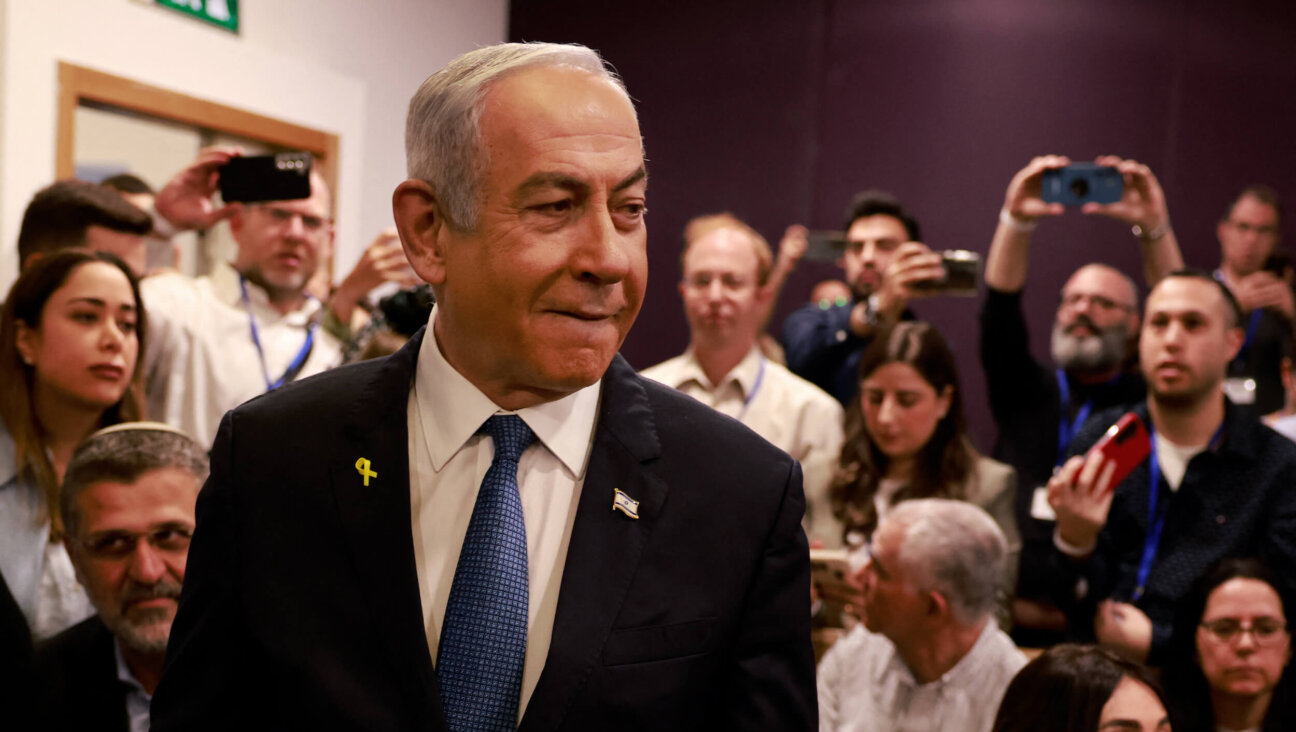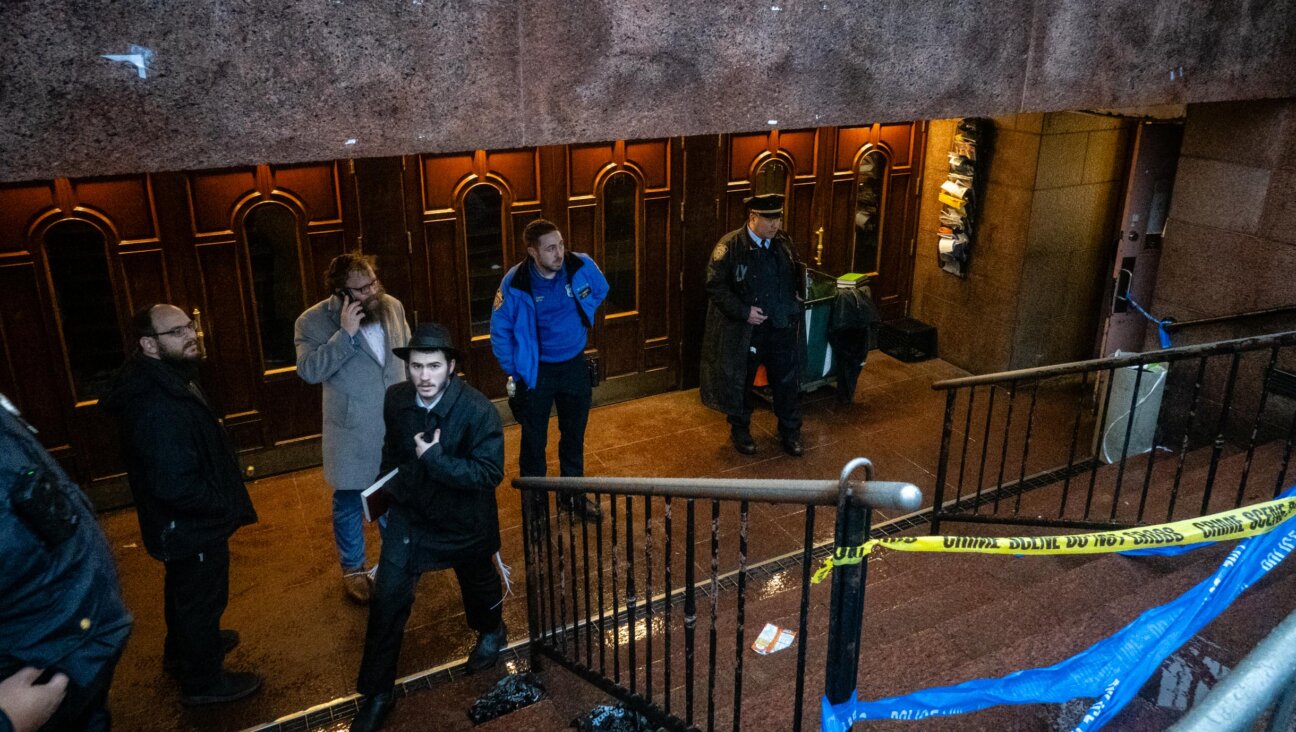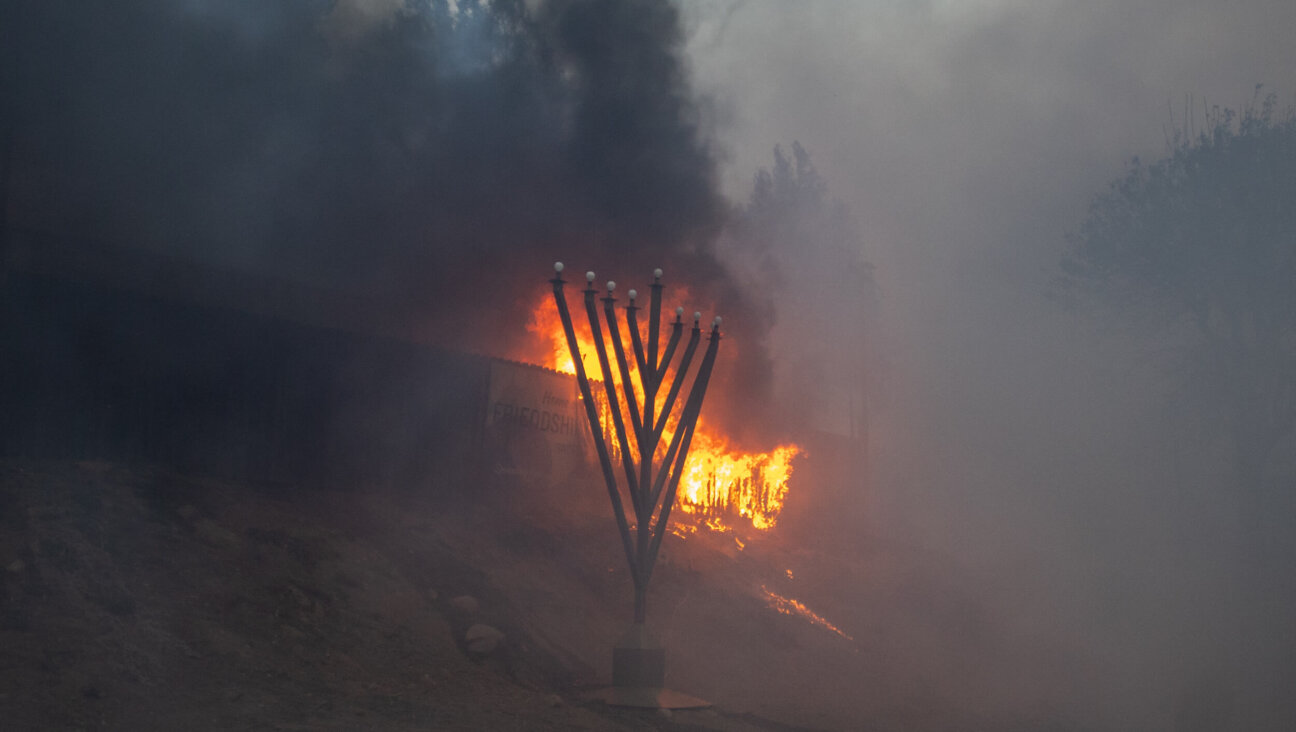Iran Sends Monkey to Space, Spurring New Fears
Iran said on Monday it had launched a live monkey into space, seeking to show off missile delivery systems that are alarming to the West given Tehran’s parallel advances in nuclear technology.
The defence ministry announced the launch as world powers sought to agree a date and venue with Iran for resuming talks to resolve a nuclear standoff with the West before it degenerates into a new Middle East war.
Efforts to nail down a new meeting have failed repeatedly and the powers fear Iran is exploiting the diplomatic vacuum to hone the means to produce nuclear weapons.
The Islamic Republic denies seeking weapons capability and says it seeks only electricity from its uranium enrichment so it can export more of its oil wealth.
The powers have proposed new talks in February, a spokesman for the European Union’s foreign policy chief said on Monday, hours after Russia urged all concerned to “stop behaving like children” and commit to a meeting.
Iran earlier in the day denied media reports of a major explosion at one of its most sensitive, underground enrichment plants, describing them as Western propaganda designed to influence the nuclear talks.
An defence ministry said the space launch of the monkey coincided “with the days of” the Prophet Mohammad’s birthday, which was last week, but gave no date, according to a statement carried by the official news agency IRNA.
The launch was “another giant step” in space technology and biological research “which is the monopoly of a few countries,” the statement said.
The monkey was sent up in a Kavoshgar rocket dubbed “Pishgam” (Pioneer), reaching a height of more than 120 km (75 miles), IRNA said.
“This shipment returned safely to Earth with the anticipated speed along with the live organism,” Defence Minister Ahmad Vahidi told the semi-official Fars news agency. “The launch of Kavoshgar and its retrieval is the first step towards sending humans into space in the next phase.”
Iran’s English-language Press TV displayed photographs of the monkey inside its capsule, but did not say if these were from before or after the launch.
There was no independent confirmation of the launch.
SIGNIFICANT
The West worries that long-range ballistic technology used to propel Iranian satellites into orbit could be put to delivering nuclear warheads.
Bruno Gruselle of France’s Foundation for Strategic Research, said that if the monkey launch report were true it would suggest a “quite significant” engineering feat by Iran.
“If you can show that you are able to protect a vehicle of this sort from re-entry, then you can probably protect a military warhead and make it survive the high temperatures and high pressures of re-entering,” Gruselle said.
The monkey launch would be similar to sending up a satellite weighing some 2,000 kg (4,400 pounds), he said. Success would suggest a capacity to deploy a surface-to-surface missile with a range of a few thousand kilometres (miles).
The Islamic Republic announced plans in 2011 to send a monkey into space, but that attempt was reported to have failed.
Nuclear-weapons capability requires three components – enough fissile material such as highly enriched uranium, a reliable weapons device miniaturised to fit into a missile cone, and an effective delivery system, such as a ballistic missile that can grow out of a space launch programme.
Iran’s efforts to develop and test ballistic missiles and build a space launch capability have contributed to Israeli calls for pre-emptive strikes on Iranian nuclear sites and billions of dollars of U.S. ballistic missile defence spending.
MANOEUVRING OVER NEXT TALKS
A spokesman for EU foreign policy chief Catherine Ashton said the powers had offered a February meeting to Iran, after a proposal to meet at the end of January was refused.
“Iran did not accept our offer to go to Istanbul on Jan. 28 and 29 and so we have offered new dates in February. We have continued to offer dates since December. We are disappointed the Iranians have not yet agreed,” Michael Mann reporters.
He said Iranian negotiators had imposed new conditions for resuming talks and that EU powers were concerned this might be a stalling tactic. The last in a sporadic series of fruitless talks was held last June.
Iranian officials deny blame for the delays and say Western countries squandered opportunities for meetings by waiting until after the U.S. presidential election in November.
“We have always said that we are ready to negotiate until a result is reached and we have never broken off discussions,” IRNA quoted Iranian Foreign Minister Ali Akbar Salehi as saying.
Salehi has suggested holding the next round in Cairo but that the powers wanted another venue. He also said that Sweden, Kazakhstan and Switzerland had offered to host the talks.
In Moscow, Russian Foreign Minister Sergei Lavrov told a news conference: “We are ready to meet at any location as soon as possible. We believe the essence of our talks is far more important (than the site), and we hope that common sense will prevail and we will stop behaving like little children.”
Ashton is overseeing diplomatic contacts on behalf of the powers hoping to persuade Tehran to stop higher-grade uranium enrichment and accept stricter U.N. inspections in return for civilian nuclear cooperation and relief from U.N. sanctions.
IRAN DENIES FORDOW BLAST
Reuters has been unable to verify reports since Friday of an explosion early last week at the underground Fordow bunker, near the holy Shi’ite Muslim city of Qom, that some Israeli and Western media said wrought heavy damage.
“The false news of an explosion at Fordow is Western propaganda ahead of nuclear negotiations to influence their process and outcome,” IRNA quoted deputy Iranian nuclear energy agency chief Saeed Shamseddin Bar Broudi as saying.
In late 2011 the plant at Fordow began producing uranium enriched to 20 percent fissile purity, well above the 3.5 percent level normally needed for nuclear power stations.
Western governments say the higher-grade enrichment marks a notable step towards weapons-grade uranium, even though it is below the 90 percent level suitable for nuclear bombs.
Iran says its enhanced enrichment is to make fuel for a Tehran research reactor that produces isotopes for medical care.
Diplomats in Vienna, where the U.N. nuclear watchdog agency is based, said on Monday they had no knowledge of any incident at Fordow but were looking into the reports. One Western diplomat said he did not believe them to be correct.
The U.N. International Atomic Energy Agency, which regularly inspects Iranian nuclear sites including Fordow, had no immediate comment.
Iran has accused Israel and the United States of trying to sabotage its nuclear programme with cyber attacks and assassinations of its nuclear scientists. Washington has denied any role in the killings while Israel has declined to comment.
A message from our Publisher & CEO Rachel Fishman Feddersen

I hope you appreciated this article. Before you go, I’d like to ask you to please support the Forward’s award-winning, nonprofit journalism so that we can be prepared for whatever news 2025 brings.
At a time when other newsrooms are closing or cutting back, the Forward has removed its paywall and invested additional resources to report on the ground from Israel and around the U.S. on the impact of the war, rising antisemitism and polarized discourse.
Readers like you make it all possible. Support our work by becoming a Forward Member and connect with our journalism and your community.
— Rachel Fishman Feddersen, Publisher and CEO























